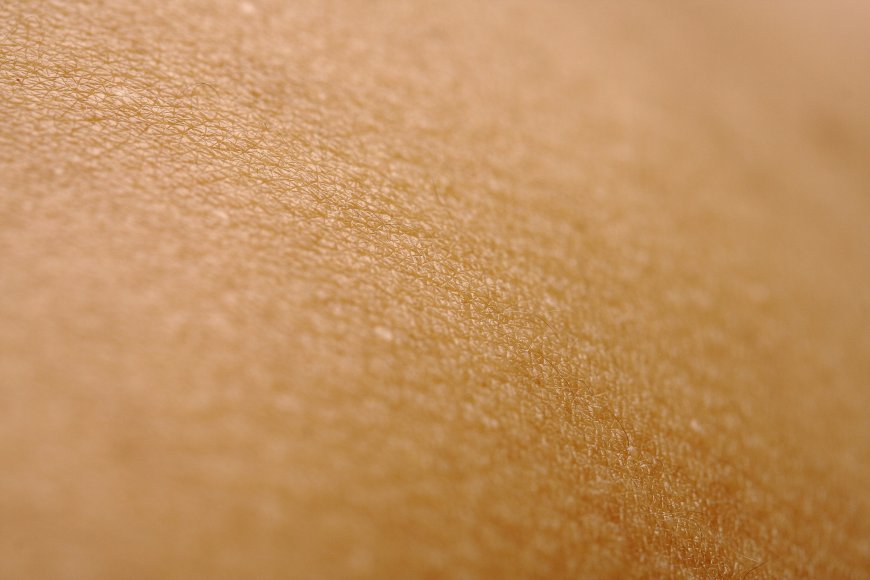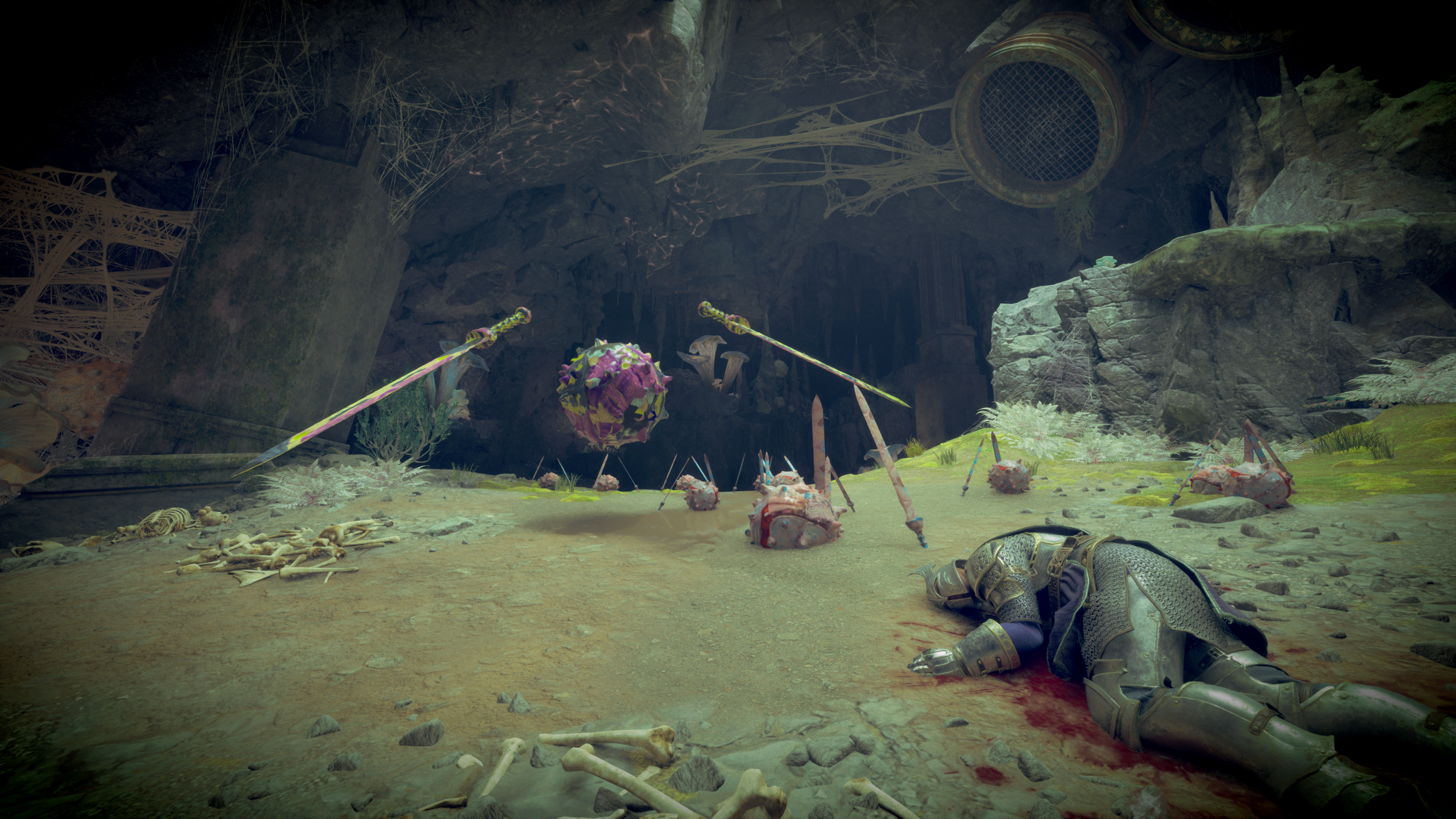Lichen Nitidus: Symptoms, Causes, and Treatment Options
Learn about lichen nitidus, a rare inflammatory skin disorder. Find out its symptoms, possible causes, and treatment methods to help manage flare-ups and improve skin health.

Introduction
Lichen Nitidus might sound like a complex term, but it’s actually a relatively simple skin condition that affects many people, often without them even realizing it. If you’ve noticed small, shiny bumps on your skin and wondered what they were, you might be dealing with Lichen Nitidus. This article will guide you through its symptoms, possible causes, and the treatments available to help manage it.
What Does Lichen Nitidus Look Like?
If you’ve ever spotted tiny, flat bumps on your skin, they may have been Lichen Nitidus. These bumps are usually shiny and smooth, with a distinct, somewhat translucent appearance. They're often small—about the size of a pinhead—and can appear in clusters.
Lichen Nitidus typically shows up on the arms, chest, abdomen, and sometimes even the genitals. It can look slightly different on darker skin tones, appearing more as darker spots, while lighter skin tones may show them as pale bumps.
While it’s not always itchy, some people may experience mild discomfort or irritation. But don’t worry, it’s usually a harmless condition, even if it does seem persistent.
Is Lichen Nitidus Contagious or Dangerous?
One of the most common concerns people have when noticing new skin changes is whether the condition is contagious. The good news? Lichen Nitidus is not contagious. You won’t spread it to others by touch or contact.
As for its danger level, Lichen Nitidus is not dangerous. In fact, it’s a benign condition that typically doesn’t require any aggressive treatment. It might take a little while to go away on its own, but it doesn’t cause any long-term harm.
This brings a lot of relief for people who are concerned about the potential risks of skin conditions. So, no need to worry—it’s just an annoying but harmless skin issue!
Who Is Most Likely to Get Lichen Nitidus?
Lichen Nitidus is commonly seen in children and young adults, though it can affect individuals at any age. If you’re younger, you might be more prone to developing this condition, but it’s not exclusive to any one age group.
There may also be a genetic component at play. This means that if someone in your family has Lichen Nitidus, you might be more likely to develop it as well. Additionally, some studies suggest a connection to other skin conditions, such as lichen planus or eczema.
While it’s not something that everyone gets, understanding who is most likely to develop it can help you keep an eye out for early signs.
What Causes Lichen Nitidus?
So, what causes Lichen Nitidus? Well, it’s still not entirely clear. Scientists believe it might be related to an immune system response, but they don’t know for sure.
Some people develop Lichen Nitidus after skin trauma, which is known as the Koebner phenomenon. In simple terms, this means that skin injuries or irritation can trigger the appearance of Lichen Nitidus bumps.
There may also be a genetic predisposition involved. If your family has a history of certain skin conditions, such as Lichen Planus, you may be at a higher risk.
Despite these possible causes, no environmental or lifestyle factors have been definitively linked to Lichen Nitidus. So, while it can be frustrating, there’s no need to feel guilty or responsible for its appearance.
How Is Lichen Nitidus Diagnosed?
Diagnosing Lichen Nitidus is relatively straightforward. If you notice the characteristic bumps on your skin, a dermatologist can typically identify the condition during a physical exam.
In some cases, the doctor may perform a skin biopsy to confirm the diagnosis. This procedure involves taking a small sample of the affected skin to examine under a microscope. Although it’s not necessary in every case, a biopsy can help rule out other potential conditions.
Can Lichen Nitidus Go Away on Its Own?
One of the best things about Lichen Nitidus is that it often resolves on its own. In many cases, the bumps will disappear within months to a couple of years without any treatment.
Of course, this isn’t always the case for everyone. Some people may experience persistent bumps, while others may find their symptoms flare up occasionally. However, there’s no immediate need for panic if it doesn’t clear up quickly.
You might want to keep an eye on any changes, but overall, this is a condition that tends to improve with time.
Treatment Options for Lichen Nitidus
If you’re dealing with persistent bumps, don’t worry—there are several treatment options available. Let’s go over the most common ones:
Topical Treatments
-
Corticosteroids: These are often used to reduce inflammation and ease any itching. They come in various strengths, so your doctor will recommend the right one based on the severity.
-
Calcineurin Inhibitors: These are used, especially for sensitive areas like the face or genitals, where corticosteroids might not be ideal.
Light Therapy (Phototherapy)
For widespread or stubborn cases, light therapy can be a useful treatment. It involves exposing the skin to ultraviolet light under controlled conditions. While it’s typically reserved for more severe cases, it’s been shown to help clear up the bumps.
Oral Medications
In more extreme cases, oral medications may be prescribed. These may include antihistamines to reduce itching or immune-modulating drugs to help manage inflammation.
Home Care Tips
-
Use mild skincare products and avoid harsh soaps.
-
Keep your skin moisturized to prevent dryness.
-
Try not to scratch, as it could worsen the condition.
Most treatments focus on managing symptoms, as Lichen Nitidus tends to resolve itself with time. However, these options can help speed up the process if the condition is particularly bothersome.
When Should You See a Dermatologist?
If your symptoms seem to persist or worsen, it might be time to consult a dermatologist. A specialist can confirm whether it’s Lichen Nitidus or another skin condition.
Additionally, if the bumps spread rapidly or cause discomfort, getting professional advice will ensure you’re on the right track with treatment.
Remember, seeing a dermatologist is the best way to get the proper diagnosis and the most effective treatment options.
Conclusion
In conclusion, Lichen Nitidus is generally a harmless skin condition that often resolves on its own. Though it can be concerning when first noticed, it’s typically non-contagious and non-dangerous. With the right care and attention, including topical treatments or light therapy, most people experience improvement over time. However, if symptoms persist or worsen, it’s important to consult a dermatologist for proper diagnosis and treatment. It’s also worth noting that there are ongoing atopic dermatitis clinical trials, which may offer promising insights and treatments for skin conditions like Lichen Nitidus. If you’re struggling with this or similar conditions, seeking medical advice can ensure you receive the best care available.
What's Your Reaction?
 Like
0
Like
0
 Dislike
0
Dislike
0
 Love
0
Love
0
 Funny
0
Funny
0
 Angry
0
Angry
0
 Sad
0
Sad
0
 Wow
0
Wow
0








































